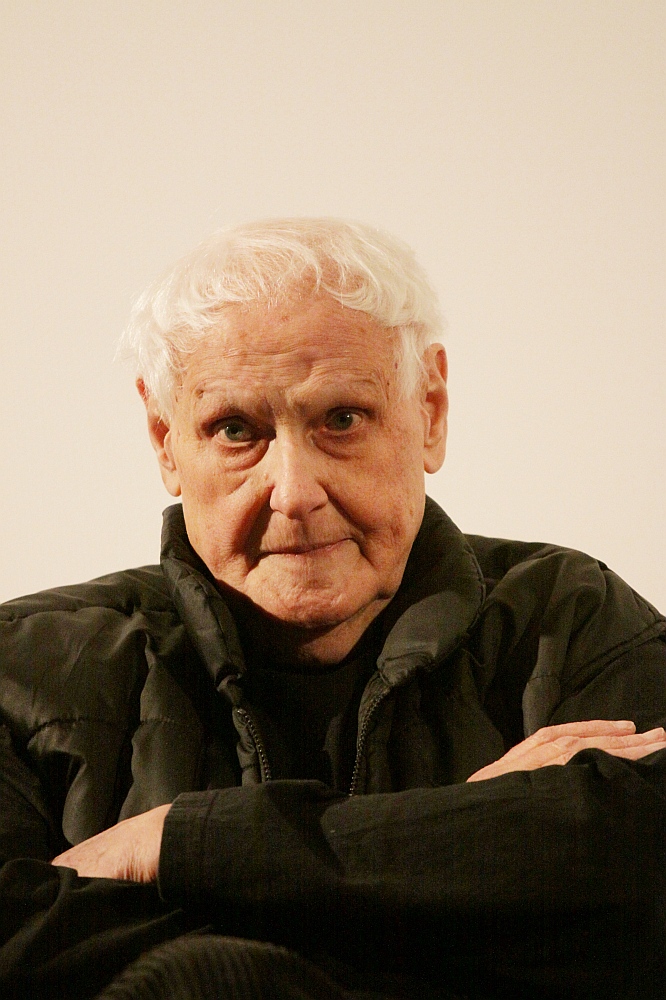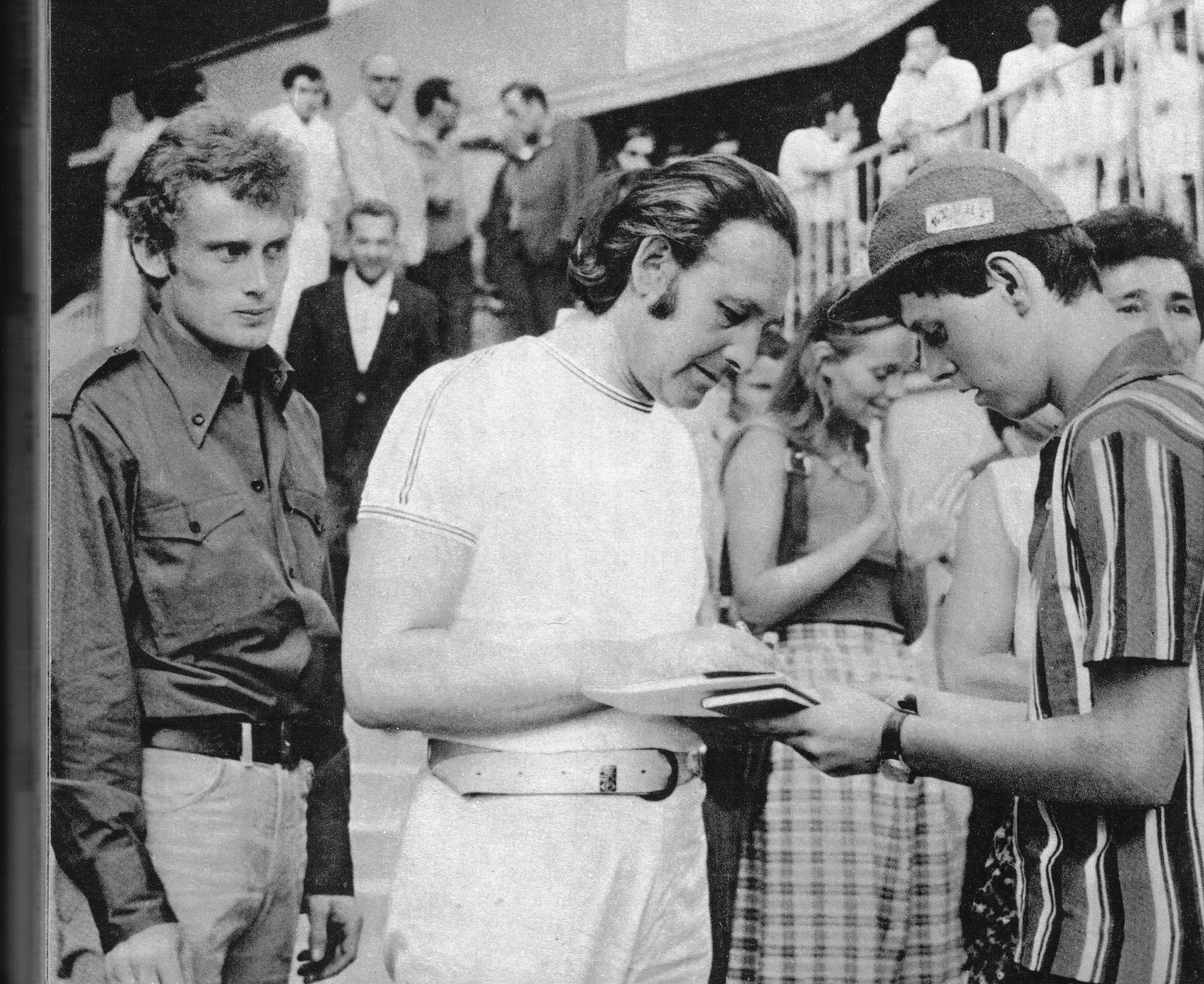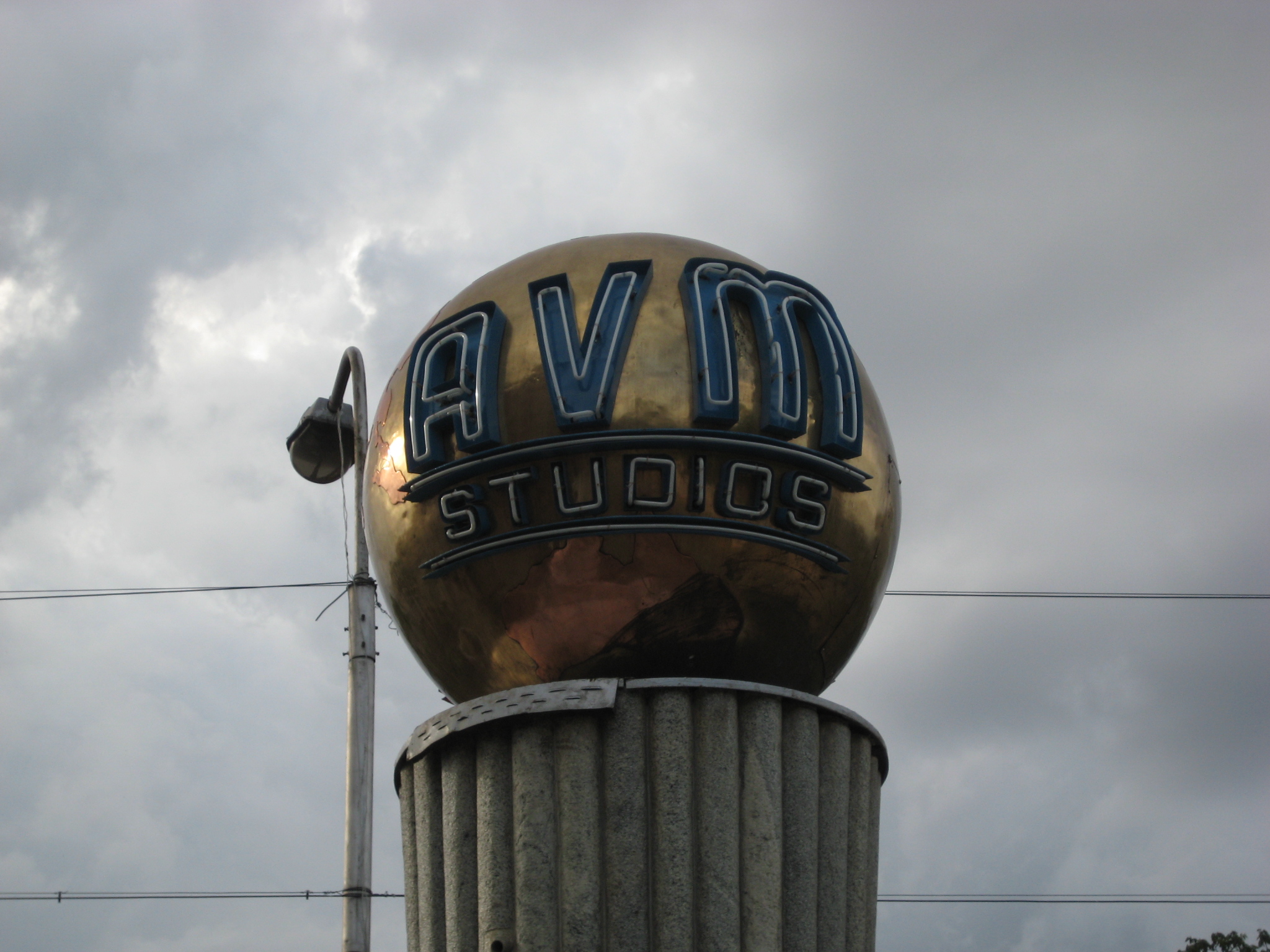|
P. K. Nair
Paramesh Krishnan Nair (6 April 1933 – 4 March 2016) was an Indian film archivist and film scholar, who was the founder and director of the National Film Archive of India (NFAI) in 1964. He is regarded as the Henri Langlois of India because of his lifelong dedication towards the preservation of films in India. A passionate film archivist, he worked at the NFAI for over three decades, collecting films from India and from all over the world. He was instrumental in acquiring for the archive several landmark Indian films like Dadasaheb Phalke's ''Raja Harishchandra'' and ''Kaliya Mardan'', Bombay Talkies films such as ''Jeevan Naiya'', ''Bandhan'', ''Kangan'', ''Achhut Kanya'' and ''Kismet (1943 film), Kismet'', S. S. Vasan's ''Chandralekha (1948 film), Chandralekha'' and Uday Shankar's ''Kalpana (1948 film), Kalpana''. In 2012, ''Celluloid Man'', an award-winning documentary was made on his life and works, by Shivendra Singh Dungarpur. Early life and education Born and brough ... [...More Info...] [...Related Items...] OR: [Wikipedia] [Google] [Baidu] |
Thiruvananthapuram
Thiruvananthapuram ( ), also known as Trivandrum, is the Capital city, capital city of the Indian state of Kerala. As of 2011, the Thiruvananthapuram Municipal Corporation had a population of 957,730 over an area of 214.86 sq. km, making it the largest and most populous city in Kerala. The larger Thiruvananthapuram metropolitan area had over 1.7 million inhabitants within an area of 543 sq. km..Trivandrum is one of the few cities in India that functions as a capital city, a maritime city, an information technology city, a space research city,a defence city,a bioscience city a tourism city, and a city known for its research and development institutions. Located on the west coast of India near the extreme south of the mainland, Thiruvananthapuram is a port city located from a heavily trafficked East-West shipping channel. The city is home to India’s first deep-water trans-shipment port, the Vizhinjam International Seaport Thiruvananthapuram. The city is characterised by its ... [...More Info...] [...Related Items...] OR: [Wikipedia] [Google] [Baidu] |
Bimal Roy
Bimal Roy (12 July 1909 – 7 January 1966) was an Indian film director. He is particularly noted for his realistic and socialistic films such as , '' Parineeta'', ''Biraj Bahu'', '' Devdas'', '' Madhumati'', '' Sujata'', '' Parakh'' and '' Bandini'', making him an important director of Hindi cinema. Inspired by Italian neo-realistic cinema, he made after watching Vittorio De Sica's'' Bicycle Thieves'' (1948). His work is particularly known for his mise en scène which he employed to portray realism. He won a number of awards throughout his career, including eleven Filmfare Awards, two National Film Awards, and the International Prize of the Cannes Film Festival. '' Madhumati'' won 9 Filmfare Awards in 1958, a record held for 37 years. Biography Bimal Roy was born on 12 July 1909, to a Bengali Baidya family in Suapur, Dhaka, which was then part of the Eastern Bengal and Assam province of British India and is now part of Bangladesh. He produced many movies in Bengali and ... [...More Info...] [...Related Items...] OR: [Wikipedia] [Google] [Baidu] |
Miklós Jancsó
Miklós Jancsó (; 27 September 192131 January 2014) was a Hungarian people, Hungarian film director and screenwriter. Jancsó achieved international prominence starting in the mid-1960s with works including ''Szegénylegények, The Round-Up'' (''Szegénylegények'', 1965), ''The Red and the White'' (''Csillagosok, katonák'', 1967), and ''Red Psalm'' (''Még kér a nép'', 1971). Jancsó's films are characterized by long takes, and their plot often takes place in historical periods and at rural settings. A frequent theme of his films is the abuse of power. His works are often allegorical commentaries on Hungary under Communism and the Soviet occupation, although some critics prefer to stress the universal dimensions of Jancsó's explorations. Towards the end of the 1960s and especially into the 1970s, Jancsó's work became increasingly stylized and overtly symbolic. Early life Miklós Jancsó was born to Hungarian Sándor Jancsó and Romanians, Romanian Angela Poparada.Wakema ... [...More Info...] [...Related Items...] OR: [Wikipedia] [Google] [Baidu] |
Andrzej Wajda
Andrzej Witold Wajda (; 6 March 1926 – 9 October 2016) was a Polish film and theatre director. Recipient of an Honorary Oscar, the Palme d'Or, as well as Honorary Golden Lion and Honorary Golden Bear Awards, he was a prominent member of the "Polish Film School". He was known especially for his trilogy of war films consisting of ''A Generation'' (1955), ''Kanał'' (1957) and ''Ashes and Diamonds (film), Ashes and Diamonds'' (1958). He is considered one of the world's most renowned filmmakers, whose works chronicled his native country's political and social evolution and dealt with the myths of Polish national identity offering insightful analyses of the universal element of the Polish experience – the struggle to maintain dignity under the most trying circumstances. Four of his films have been nominated for the Academy Award for Best Foreign Language Film: ''The Promised Land (1975 film), The Promised Land'' (1975), ''The Maids of Wilko'' (1979), ''Man of Iron'' (1981) and '' ... [...More Info...] [...Related Items...] OR: [Wikipedia] [Google] [Baidu] |
Akira Kurosawa
was a Japanese filmmaker who List of works by Akira Kurosawa, directed 30 feature films in a career spanning six decades. He is widely regarded as one of the greatest and most influential filmmakers in the History of film, history of cinema. Kurosawa displayed a Filmmaking technique of Akira Kurosawa, bold, dynamic style strongly influenced by Western cinema yet distinct from it. He was involved with all aspects of film production. Kurosawa entered the Cinema of Japan, Japanese film industry in 1936, following a brief stint as a painter. After years of working on numerous films as an assistant director and scriptwriter, he made his debut as a director during World War II with the popular action film ''Sanshiro Sugata'' (1943). After the war, the critically acclaimed ''Drunken Angel'' (1948), in which Kurosawa cast the then-little-known actor Toshiro Mifune in a starring role, cemented the director's reputation as one of the most important young filmmakers in Japan. The two m ... [...More Info...] [...Related Items...] OR: [Wikipedia] [Google] [Baidu] |
Ingmar Bergman
Ernst Ingmar Bergman (14 July 1918 – 30 July 2007) was a Swedish film and theatre director and screenwriter. Widely considered one of the greatest and most influential film directors of all time, his films have been described as "profoundly personal meditations into the myriad struggles facing the psyche and the soul". Among his most acclaimed works are ''The Seventh Seal'' (1957), ''Wild Strawberries (film), Wild Strawberries'' (1957), ''Persona (1966 film), Persona'' (1966) and ''Fanny and Alexander'' (1982), which were included in the The Sight and Sound Greatest Films of All Time 2012, 2012 edition of ''Sight & Sound'' Greatest Films of All Time. He was also ranked No. 8 on the magazine's 2002 "Greatest Directors of All Time" list. Other notable works include ''Sawdust and Tinsel'' (1953), ''A Lesson in Love (1954 film), A Lesson in Love'' (1954), ''Smiles of a Summer Night'' (1955), ''The Virgin Spring'' (1960), ''Through a Glass Darkly (film), Through a Glass Darkly' ... [...More Info...] [...Related Items...] OR: [Wikipedia] [Google] [Baidu] |
AVM Productions
AVM Productions is an Indian film production studio founded by A. V. Meiyappa Chettiar. It is the oldest film studio in India. The filming studios are located in Vadapalani, Chennai. It has produced over 300 films in Tamil, Telugu, Kannada, Malayalam and Hindi cinema. AVM has introduced numerous actors in Southern industries, some of the prominent actors are Superstar Rajinikanth, Sivaji Ganesan, Rajkumar, S. S. Rajendran, Vyjayanthimala, Kamal Haasan and many more. The AVM Studios besides the shooting floors, has recording, dubbing and a preview theatre. The complex also houses facilities for production and post production processing. Early history Born on 28 July 1907, Avichi Meiyappan hailed from a Nattukottai Nagarathar family of Karaikudi in Tamil Nadu. Avichi Chettiar ran a mini-department store, named AV & Sons. It sold gramophone records. Meiyappan, who joined his father's shop as a teenager, and decided to produce gramophone records instead of just selling t ... [...More Info...] [...Related Items...] OR: [Wikipedia] [Google] [Baidu] |
Gemini Studios
Gemini Studios was an Indian film studio based in Madras, Tamil Nadu. It was launched when S. S. Vasan, a businessman of many ventures (including the ownership of Ananda Vikatan) bought Motion Picture Producers' Combines from Krishnaswamy Subrahmanyam and renamed it. The studio re-opened under the name Gemini. Despite the common beliefs about a lucky racehorse or the astrological sign of his wife, it was the logo Vasan chose that led to the name. Subrahmanyam had shown him a picture of his very young boys, blowing on toy trumpets in the nude. Vasan chose the pose to craft the logo and hence the name Gemini—The Twins. The new facade also had statues of ‘The Gemini Twins’, blowing the bugle. Gemini Studios served as a breeding ground for innumerable artists and technicians for the south Indian Film Industry. The Gemini twins Castor and Pollux (or Polydeuces) are twin half-brothers in Greek and Roman mythology, known together as the Dioscuri or Dioskouroi. Their moth ... [...More Info...] [...Related Items...] OR: [Wikipedia] [Google] [Baidu] |
Wadia Movietone
Wadia Movietone was a noted Indian film production company and studio based in Mumbai, established in 1933 by Wadia brothers J. B. H. Wadia and Homi Wadia. It was most known for stunt, fantasy and mythological films, including '' Hunterwali'' (1935). History Wadia brothers belong to a Parsi family, and their ancestors came from the shipbuilding Wadia family (Wadia Group), originally from Surat, which also built the British wartime ship HMS Trincomalee (1817). Their ancestors moved to Bombay in the 18th century. It was co-established in 1933, by producer and screenwriter J. B. H. Wadia, his younger brother director Homi Wadia, film distributor Manchersha B. Billimoria, and brothers Burjor and Nadirsha Tata. However, the Tata brothers left the partnership within three years. The company then continued production of film, documentaries and newsreels from its studios near Lowjee Castle, Mumbai, the Wadia family mansion, owned by their great-grandfather Lovji Nusserwanjee Wadia, ... [...More Info...] [...Related Items...] OR: [Wikipedia] [Google] [Baidu] |
New Theatres
New Theatres is an Indian film studio. It was formed in Calcutta by producer B. N. Sircar (Birendranath Sircar, the recipient of Dadasaheb Phalke Award of 1970 And Padma Bhushan in 1972). It was formed on February 10, 1931. The company motto was "''Jivatang Jyotiretu Chhayam,"'' meaning, "Light infusing shadows with life." Sircar preferred to function roughly analogous to an executive producer. He built a processing laboratory, and acquired staff. Once a film subject was selected and a team assembled to create the picture, Sicar ensured that adequate funds were provided, while refraining from interfering with its execution. He made New Theatres a symbol of Cinema of West Bengal, Bengali cinema's artistic good taste and technical excellence. Dena Paona(Film), Dena Paona, a Bengali talkie, was produced by New Theatres and released in 1931. It was directed by Premankur Atarthi, with music composed by Raichand Boral. According to Kironmoy Raha, "New Theatres made its reputation sec ... [...More Info...] [...Related Items...] OR: [Wikipedia] [Google] [Baidu] |
Satish Bahadur
Satish Bahadur (26 November 1925 – 23 July 2010), was an Indian film critic who served as Professor of Film Appreciation (1963–83) at the Film and Television Institute of India, Pune, India, and a close associate of Marie Seton, Vijaya Mulay and PK Nair. Until his death in Pune, Satish continued to be actively involved with film appreciation and teaching of cinema. According to the obituary iThe Indian Express he was "...one of the founding teachers of the FTII, he played a crucial role in shaping the policies and vision of the Institute. Even today, he is held in high esteem by his students, some of whom are luminaries of the Indian cinema. Arun Khopkar, filmmaker and student of Bahadur, was quoted as saying, '"...from day one, he became the guiding light in my life. Like a music teacher who explains the intricacies of taal and laya to his students, he would unveil countless aspects of films for us. Unlike many teachers who overshadow their students, he had the knack to ... [...More Info...] [...Related Items...] OR: [Wikipedia] [Google] [Baidu] |
Marie Seton
Marie Seton (20 March 1910 – 17 February 1985) was a British actress, art, theatre and film critic and biographer of Sergei Eisenstein, Paul Robeson, Jawaharlal Nehru, and Satyajit Ray. Biography Her father, Captain Seton served in the British Army in India and South Africa. After the death of Captain Seton, Marie's mother, also named Marie, remarried Sir Charles Walpole. In 1935 Seton helped to establish the reputation of Jamaican sculptor Ronald Moody. In 1936, she helped her friend C. L. R. James, the Trinidadian writer and radical political activist, to put on his play about the Haitian Revolution, '' Toussaint Louverture: The Story of the Only Successful Slave Revolt in History'', which starred Paul Robeson in the title role, with the Stage Society. Seton's reconstruction of Sergei Eisenstein’s projected epic, '' ¡Que viva México!'', as a film released in 1939 entitled ''Time in the Sun'', is considered by many critics as probably nearest to Eisenstein's concept ... [...More Info...] [...Related Items...] OR: [Wikipedia] [Google] [Baidu] |








